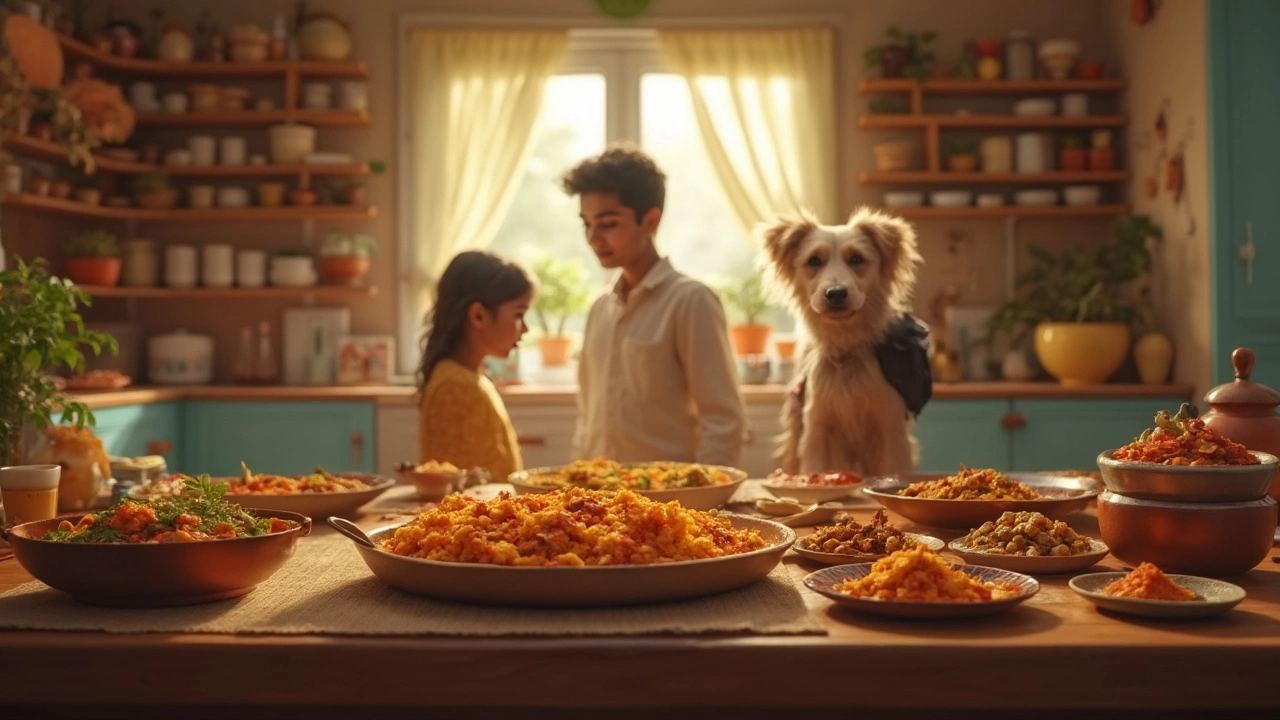Canine Diet: Simple Guide for Happy, Healthy Dogs
Feeding your dog the right food is one of the most important things you can do for them. A good canine diet gives them energy, keeps their coat shiny, and helps prevent health problems. In this guide you’ll get clear steps you can follow today, no fancy jargon required.
What Makes a Balanced Canine Diet?
A balanced diet includes protein, fat, carbs, vitamins, and minerals in the right amounts. Protein comes from meat, fish, or eggs and helps build muscle. Fat gives energy and supports skin health, but too much can cause weight gain. Carbohydrates from rice, sweet potato, or oats provide quick fuel. Vitamins and minerals are usually found in quality dog food, but you can add a few fresh vegetables for extra boost.
When you read a dog‑food label, look for a named meat source (like chicken or lamb) as the first ingredient. Avoid foods that list “meat and bone meal” or “animal by‑product” near the top. Those are lower‑quality proteins that don’t give the same benefits.
How Often Should You Feed Your Dog?
Most adult dogs do well on two meals a day – one in the morning, one in the evening. Puppies need three to four meals because they burn energy fast and grow quickly. A good rule is to split the daily calorie amount into equal portions and stick to the same times each day. Consistency keeps digestion smooth and helps avoid begging.
If your dog is overweight, try measuring the food with a cup or kitchen scale instead of guessing. Reduce the portion a little each week until you reach a healthy weight. Keep treats to no more than 10% of total calories – a few small pieces a day are fine, but they should not replace a balanced meal.
Water is a part of the diet, too. Fresh water should always be within reach. Some dogs love running water, so a pet fountain can encourage them to drink more.
Now let’s talk about a few practical tips you can use right away.
1. Rotate protein sources. Switching between chicken, beef, and fish every few months can keep meals interesting and reduce the chance of food allergies.
2. Add safe veggies. Carrots, green beans, and pumpkin are easy to digest and add fiber. Cook them lightly or blend them into the kibble.
3. Watch the label for fillers. Corn, wheat, and soy are common fillers that many dogs don’t need. If you see a long list of these, consider a different brand.
4. Keep a feeding journal. Write down what you give your dog and any changes in weight or energy. This helps you spot problems early.
5. Talk to your vet. If your dog has a health condition like kidney disease or allergies, the vet can suggest a special formula or homemade recipe.
Choosing the right canine diet doesn’t have to be overwhelming. Start with a high‑quality commercial food that meets AAFCO standards, add a few fresh ingredients, and feed on a consistent schedule. Watch your dog’s body condition and adjust as needed. With these simple steps, you’ll set your pup up for a long, active life.

Can I Feed My Dog Human Food Instead of Dog Food?
Feeding your dog human food can be tempting, but is it healthy? This article explores the pros and cons of replacing dog food with human food for your pet. Dive into what's safe and what's not, and get tips to ensure your furry friend stays healthy and happy. Learn from real-world experiences and get informed about portion control and potential health risks.
read more



